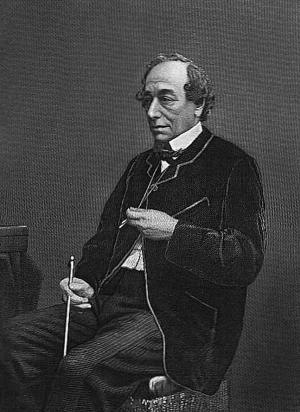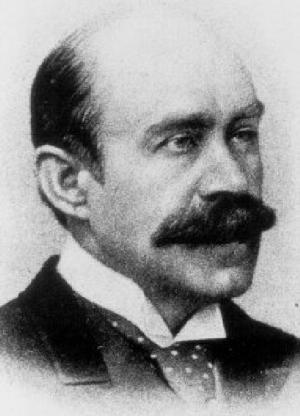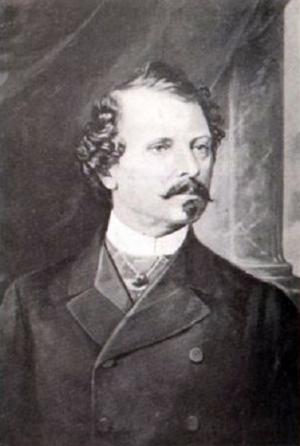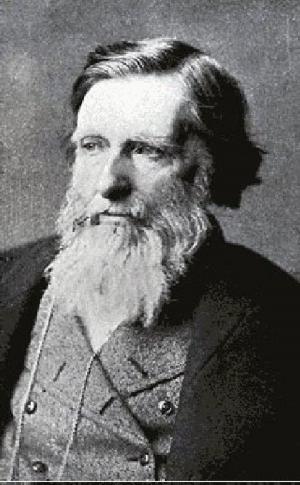| Author: | Gustave Flaubert | ISBN: | 9781455391097 |
| Publisher: | Samizdat Express | Publication: | December 15, 2009 |
| Imprint: | Language: | English |
| Author: | Gustave Flaubert |
| ISBN: | 9781455391097 |
| Publisher: | Samizdat Express |
| Publication: | December 15, 2009 |
| Imprint: | |
| Language: | English |
This book includes The Dance of Death, The Legend of Saint-Julian the Hospitalier, and A Simple Soul. According to Wikipedia: "Gustave Flaubert (December 12, 1821 May 8, 1880) was a French writer who is counted among the greatest Western novelists. He is known especially for his first published novel, Madame Bovary (1857), and for his scrupulous devotion to his art and style. ... More than perhaps any other writer, not only of France, but of modern Europe, Flaubert scrupulously avoids the inexact, the abstract, the vaguely inapt expression which is the bane of ordinary methods of composition. As a writer, Flaubert was nearly equal parts romantic, realist, and pure stylist. Hence, members of various schools, especially realists and formalists, have traced their origins to his work. The exactitude with which he adapts his expressions to his purpose can be seen in all parts of his work, especially in the portraits he draws of the figures in his principal romances. The degree to which Flaubert's fame has extended since his death presents an interesting chapter of literary history in itself. He is also accredited with spreading the popularity of the colour Tuscany Cypress, a colour often mentioned in his chef-d'oeuvre Madame Bovary. Flaubert was fastidious in his devotion to finding the right word ("le mot juste"), and his mode of composition reflected that. He worked in sullen solitude - sometimes occupying a week in the completion of one page - never satisfied with what he had composed, violently tormenting his brain for the best turn of a phrase, the final adjective. His private letters indeed show that he was not one of those to whom correct, flowing language came naturally. His style was achieved through the unceasing sweat of his brow. Flaubert’s just reward, then, is that many critics consider his best works to be exemplary models of style."
This book includes The Dance of Death, The Legend of Saint-Julian the Hospitalier, and A Simple Soul. According to Wikipedia: "Gustave Flaubert (December 12, 1821 May 8, 1880) was a French writer who is counted among the greatest Western novelists. He is known especially for his first published novel, Madame Bovary (1857), and for his scrupulous devotion to his art and style. ... More than perhaps any other writer, not only of France, but of modern Europe, Flaubert scrupulously avoids the inexact, the abstract, the vaguely inapt expression which is the bane of ordinary methods of composition. As a writer, Flaubert was nearly equal parts romantic, realist, and pure stylist. Hence, members of various schools, especially realists and formalists, have traced their origins to his work. The exactitude with which he adapts his expressions to his purpose can be seen in all parts of his work, especially in the portraits he draws of the figures in his principal romances. The degree to which Flaubert's fame has extended since his death presents an interesting chapter of literary history in itself. He is also accredited with spreading the popularity of the colour Tuscany Cypress, a colour often mentioned in his chef-d'oeuvre Madame Bovary. Flaubert was fastidious in his devotion to finding the right word ("le mot juste"), and his mode of composition reflected that. He worked in sullen solitude - sometimes occupying a week in the completion of one page - never satisfied with what he had composed, violently tormenting his brain for the best turn of a phrase, the final adjective. His private letters indeed show that he was not one of those to whom correct, flowing language came naturally. His style was achieved through the unceasing sweat of his brow. Flaubert’s just reward, then, is that many critics consider his best works to be exemplary models of style."















